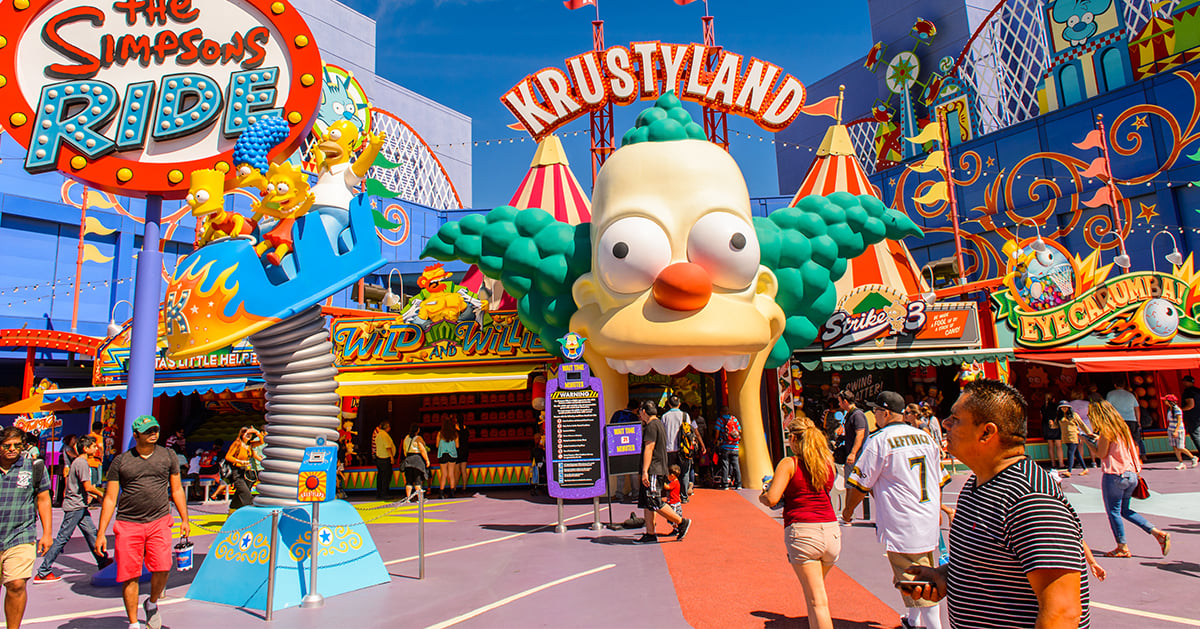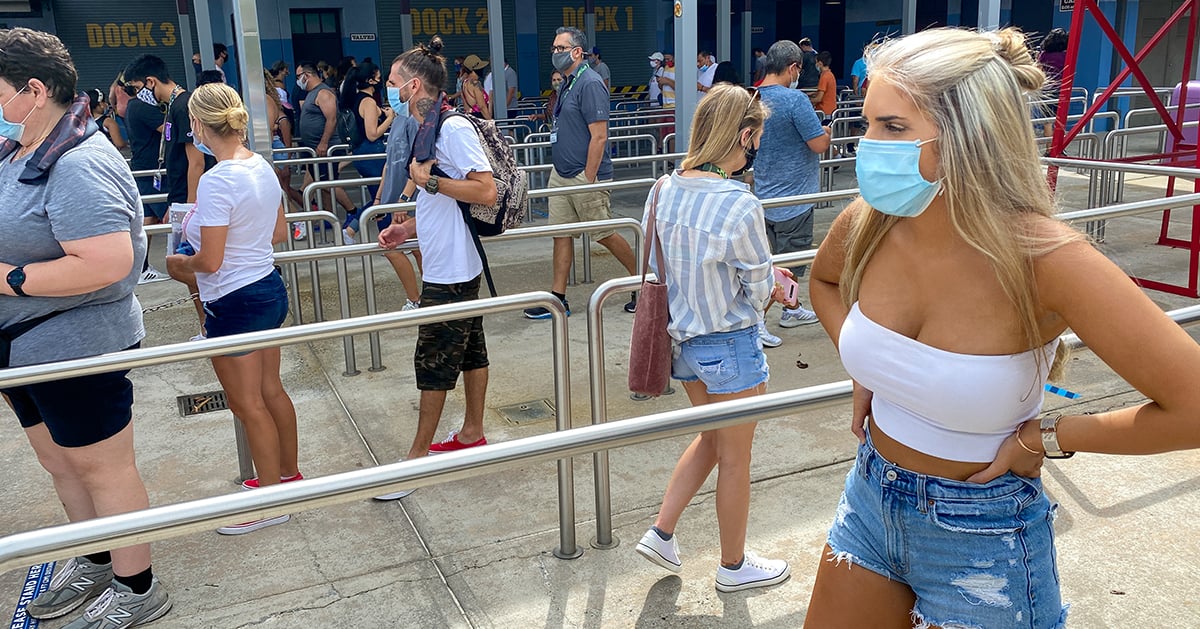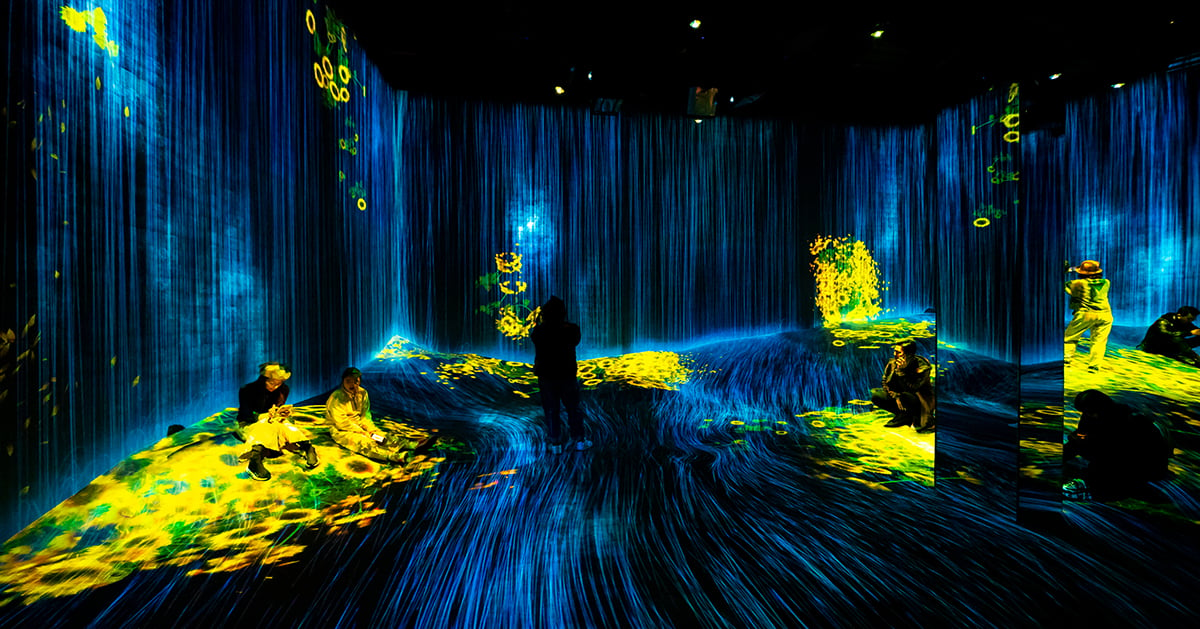
The Future of Waiting for Your Turn: Crowd Management in the New Normal and Beyond
Themed entertainment spaces and theme parks offer some of the most exciting, immersive and narrative experiences in the world – once visitors can get to them.
Line management and queueing solutions have long been the object of much research and careful study as theme park owners and operators look for ways to improve the guest experience prior to delivering the key rides, experiences and moments that set their operation apart.
However, technology, as it has across the themed entertainment and theme park industry, is poised to continue helping visitors feel more engaged as they wait their turn.

Overcoming Seasonality and Other Challenges to Deliver Powerful Guest Experiences
Popular parks and attractions have long been confronted by the same problems. They don’t have control or the power to decide when people are interested in visiting them – meaning that they have to make it count when the do decide to step into their unique experience.
Similar to other tourism-related industries, such as the hotel and airline industry, park operators have to cope with high seasons and periods of low demand. However, unlike hotels and airlines, theme parks can scale up their activity by setting up events, creating increased capacity and employing more staff to organize the crowds on busy days, as they are less dependent on a specific number of rooms than the hotel industry or number of seats than the airline industry.
When parks were founded in Europe in the 18th century, they were referred to as pleasure gardens, a term mainly focusing on the outdoor nature of an activity that would take place mostly in the spring and summertime due to European climate conditions.
However, that seasonal aspect of the leisure business has been fading somewhat over the last 10 years. Not only have operators been able to incrementally develop destinations for visitors to be able to enjoy themselves in all kinds of weather conditions, but they’ve also strived to become year-long operating businesses for multi-day stays.

…But Seasonal Demand and Peak-Season Challenges Remain
Despite all this effort, and while this has had a positive effect on the operating income and margins for the parks, leisure operators have not succeeded in fully spreading out crowds over the entirety of the year. Certain peak moments have remained, and new ones have even been created. Think of weekends or holidays for local parks or key vacation weeks like spring break, summer holiday, Thanksgiving and Christmas, New Year’s Eve for destination parks.
As much as overcrowded entrance gates, long lines for key attractions and full bars and restaurants were a perfect way for leisure operators to make up for low attendance times, these indicators of a boost in revenue don’t always lead to favorable situations.
Generally, while a park’s crowd capacity limits apply, these limits of a certain amount of people who are allowed to be in the park at the same time are mostly put in place for safety concerns – and certain high crowd levels still don’t make for a positive visitor experience.
As a solution, some park operators introduced dynamic pricing, which enabled them to charge visitors less if they were flexible enough to visit on an expected low-attendance day. The consequence of this system is that park visitors pay a higher price while the park is more crowded – which often also translates to times when a lower quality experience is provided due to these numbers.
The primary challenge for operators, then, is to keep the quality high for the visitors that still want to show up on peak days – and that mean implementing queue management solutions that make the overall experience more attractive and fun for guests.

Early Examples of Queue Management Solutions
As often is the case in the leisure industry, ideas surrounding how best to manage queues and crowds were first floated at World Expos. The first ride reservation systems occurred at World Expos taking place around the 1950s, and the first crowd management system in a theme park was introduced in Disneyland in 1955, when the park started selling a “Value Book System” as part of their pay-per-ride system.
The system labeled different experiences with letters A through C, moving from the least popular to the most popular experience. Later, some of the C-experience tickets were changed to D tickets, and, in 1959 as part of Disneyland’s first major expansion, the E ticket was introduced for major rides.
The system was complementary to a general park entrance fee. In the 1970s, the system was phased out alongside the introduction of unlimited park entrance tickets and because of competition with Six Flags Magic Mountain, where a general entrance fee was enabled for unlimited rides. This essentially spread out the total number of people and avoided a scenario where everyone would be doing the same rides.
The first version of a virtual queue management system was then introduced in 1999, also at Disney parks. For the first time, visitors could spend their wait time outside of the queue line. With a reservation, visitors could then enter through a specially dedicated fast pass lane. Unique to the system at Disney was that it was free to use. Other key leisure operators, such as Universal Studios, Six Flags and Sea World, then introduced similar systems for visitors at an additional price in the beginning of the 2000s.
The Technology-Driven Evolution of Line Management
Recently, line management and queueing systems have been reinvented thanks to new and exciting digital opportunities. Disney, again, was a key innovator with the implementation of FastPass+, which enables visitors to reserve ride time before their visit using the resort’s mobile app or website. As it is a reservation and scheduling system, it is rather different than Disney FastPass, which was solely a virtual queue line concept. Many park operators have followed this example.
Introducing these systems not only leads to improved crowd management – there is also a commercial and operational efficiency aspect to their implementation.
Commercially, it’s been shown that visitors who stand in line longer have less time to take advantage of on-property amenities. In many cases, the timeframe these systems encourage enables visitors to have just the right amount of time for a drink and snack, but not enough to do another major ride.
This is a win-win for the park operator, who offers the guest a better park experience with shorter wait times while also gaining key income from retail and food and beverage sales. In terms of operational efficiency, these systems also allow for people to be better spread out over the park.
The COVID-19 pandemic has now sped up experiments in innovative crowd management systems in an effort to allow guests to enjoy theme parks safely and under strict regulations without extended wait times. These experiments include reserved park entrance times, limited park visitation hours, and more.
To learn how Electrosonic can help you design and implement the right queue management for your operation and how you can increase spending and improve the overall park experience, contact us today.
Maurizio Capuzzo
Maurizio Capuzzo, Electrosonic’s Chief Marketing Officer, fuses the science of data with the art of visual and verbal communication to explain how technology adds value and helps foster innovation. Maurizio writes from a wealth of experience, holding leadership roles in global technology companies as well as possessing a deep understanding of how technology contributes to business growth.










.jpg?width=1500&height=995&name=ELC501_N17_medium%20(1).jpg)



.jpg)

.jpg)



















.jpg)




.jpg)
-png.png)












.jpg)





.jpg)


-(1)_1200x629px.jpg)




.jpg)
.jpg)





-RR.jpg)







.png)




.jpg)





.png)





















%20(1)-es.jpg)
.jpg)








.jpg)

.jpg)





.jpg)



.jpg)















.png)

.png)





























.jpg)
.png)





.png)

.jpg)


.png)






.jpg)
.jpg)


